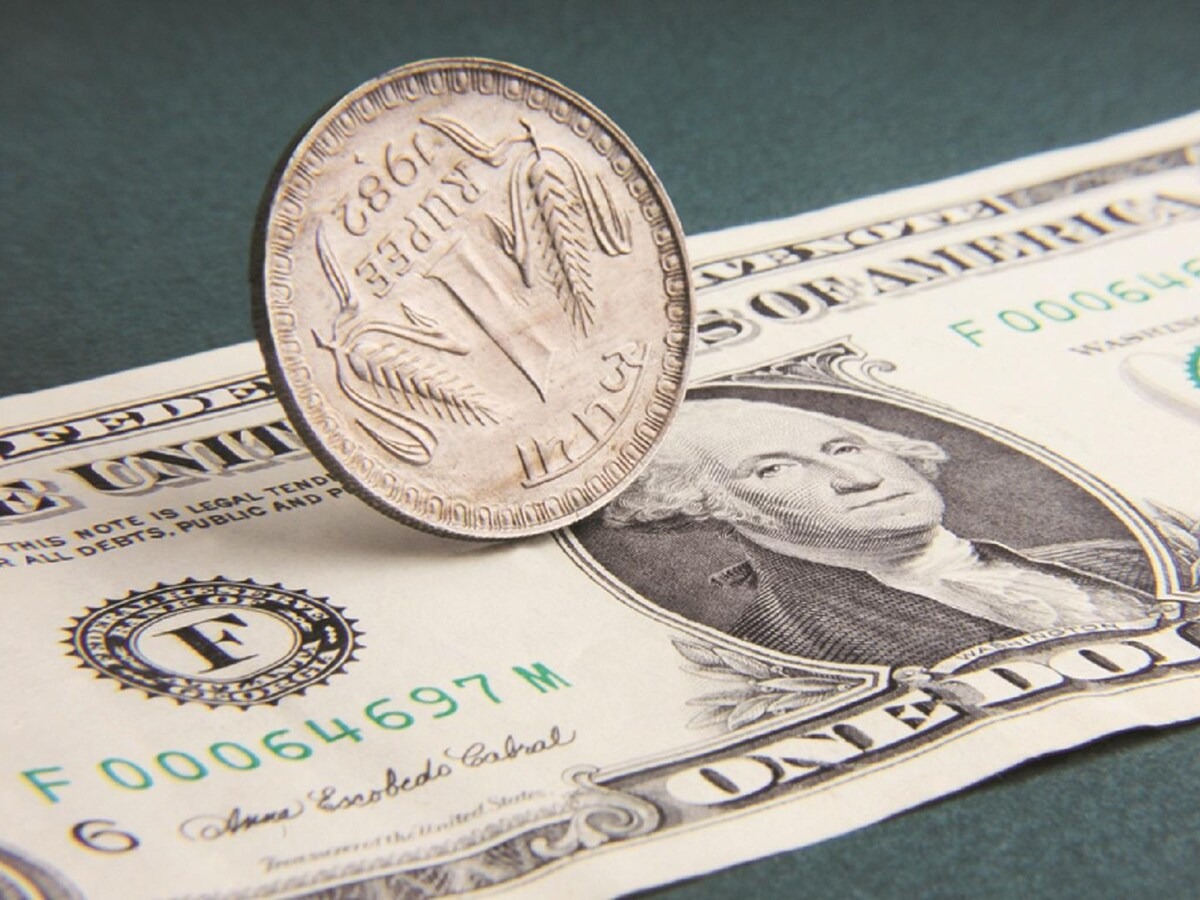The Indian Rupee Ended 0.1% Higher On October 10, 2025, Closing At 88.6850 Per U.S. Dollar Compared To Its Previous Close Of 88.7825. The Modest Gain Reflects Improved Foreign Inflows And Stable Crude Prices, Offering Temporary Relief Amid Global Currency Volatility.
The Indian Rupee posted a slight gain against the U.S. Dollar in Friday’s trading session, closing at 88.6850, up 0.1% from its previous close of 88.7825. The movement comes amid a mix of domestic and global factors that influenced currency markets, including foreign fund inflows, crude oil stability, and cautious optimism in equity markets.
Currency movement overview
The rupee’s appreciation was supported by steady demand for Indian assets and a relatively calm global economic backdrop. Traders noted that the Reserve Bank of India’s recent monetary stance and stable inflation data helped maintain investor confidence in the currency.
Key highlights from the session:
- The Indian Rupee closed at 88.6850 per U.S. Dollar, registering a 0.1% gain
- Previous session’s close was 88.7825, indicating a modest strengthening
- Foreign portfolio inflows into equities and bonds contributed to rupee support
- Crude oil prices remained stable, easing pressure on India’s import bill
- The RBI’s neutral policy stance and controlled inflation added to currency stability
- Market participants remained cautious ahead of U.S. inflation data and Federal Reserve commentary
Market sentiment and outlook
The rupee’s movement reflects a balanced sentiment among traders, with no major shocks or volatility during the session. While the gain was modest, it signals resilience in the face of global uncertainties, including geopolitical tensions and fluctuating commodity prices.
Looking ahead, currency analysts expect the rupee to trade in a narrow range, with potential upside if foreign inflows continue and global risk appetite improves. However, any sharp movement in U.S. yields or oil prices could alter the trajectory.
The RBI is expected to maintain its watchful stance, intervening only to curb excessive volatility and ensure orderly market conditions.
Sources: Reuters FX Desk, Economic Times Currency Tracker, Business Standard Forex Updates.





